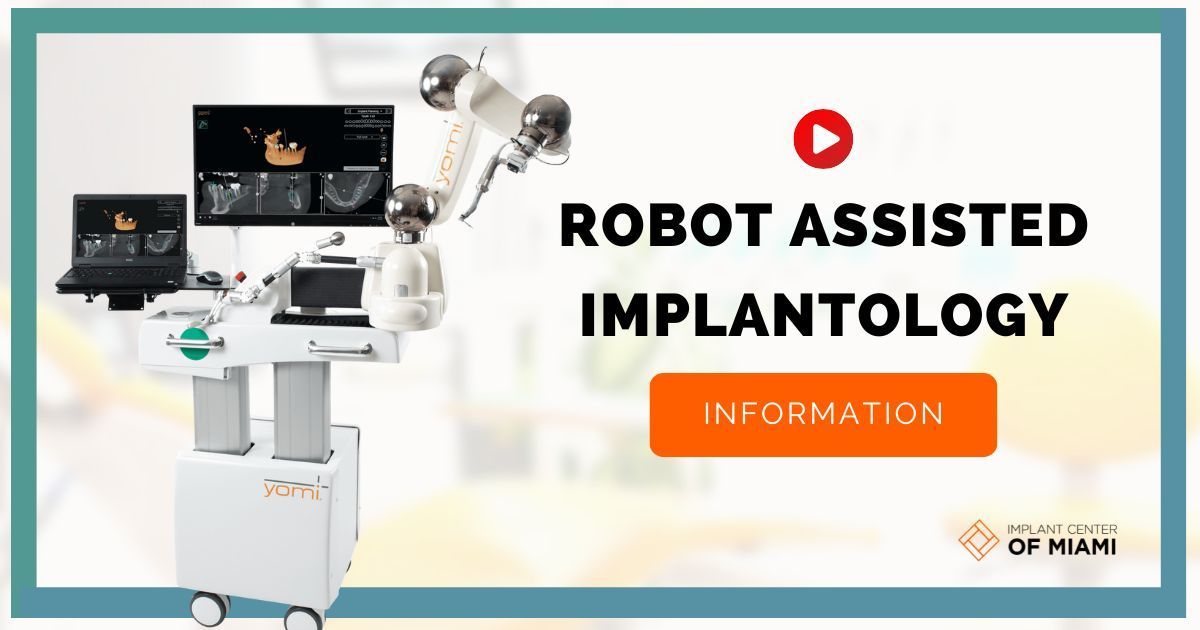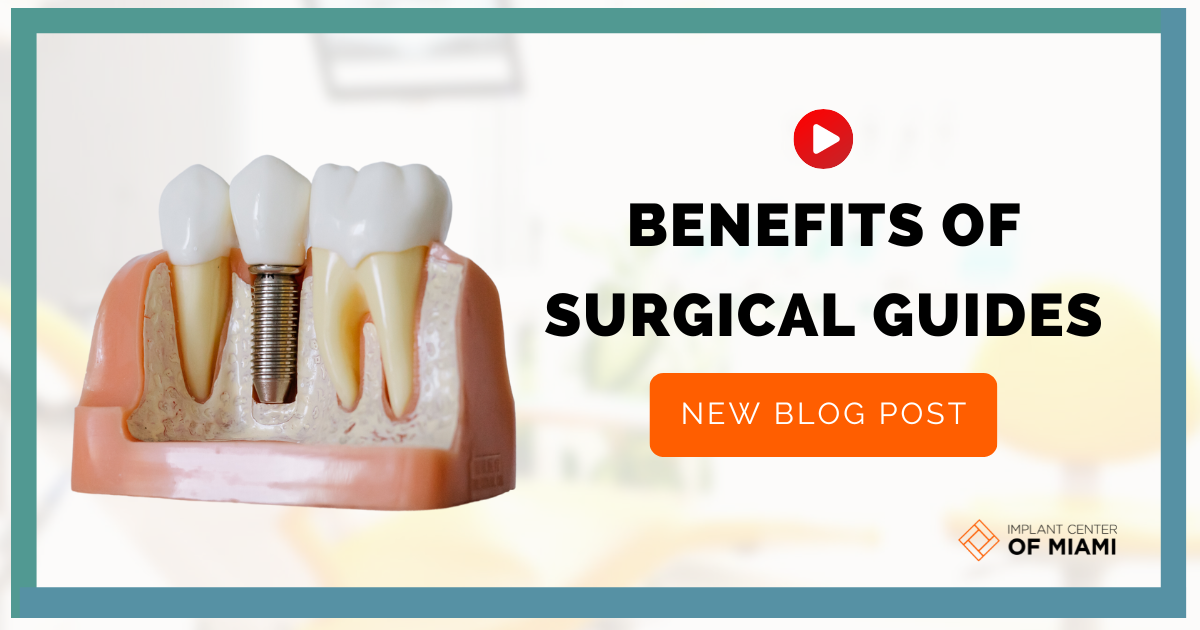All on 4 Dental Codes: Simplifying Dental Procedures for Complete Oral Rehabilitation
All-on-4 dental codes are essential for dentists across the globe as they provide a standardized system to identify and bill for specific procedures. These codes enable dental practitioners to accurately document and report the services rendered to insurance companies, streamlining the reimbursement process and ensuring fair compensation. With the all-on-4 technique becoming increasingly popular for dental implant placements, understanding and correctly utilizing the appropriate codes is crucial for efficient practice management. By adhering to these codes, dental professionals can ensure accurate record-keeping, facilitate seamless communication with insurance providers, and provide optimal patient care.
Request an Appointment
Introduction to All-on-4 dental codes
All-on-4 dental codes refer to a specific treatment protocol for full-arch dental restorations. This technique involves using four dental implants to support a complete set of permanent teeth. These codes help dental professionals communicate and bill for this innovative and efficient solution. By understanding and properly utilizing these codes, dental practices can ensure accurate documentation and reimbursement for this transformative dental procedure.
Understanding the concept of All-on-4 dental implants
All-on-4 dental implants are a revolutionary solution for individuals with full tooth loss. This concept involves replacing an entire arch of teeth with just four implants, providing stability and restoring natural function. By understanding the concept of All-on-4 implants, patients can regain their confidence and enjoy a beautiful, long-lasting smile.
Exploring the benefits of All-on-4 dental restoration
All-on-4 dental restoration offers numerous benefits, including the ability to restore a full set of teeth with just four dental implants. This treatment option is cost-effective, time-saving, and provides a natural-looking smile. Additionally, All-on-4 offers greater stability and functionality compared to traditional dentures, allowing individuals to eat, speak, and smile with confidence.
Common dental codes used for All-on-4 procedures
Common dental codes used for All-on-4 procedures include D6010 for surgical extraction, D6056 for implant-supported prosthesis, and D6066 for interim implant prosthesis. These codes help dental professionals accurately document and bill for the various components of the All-on-4 treatment, making the process efficient and transparent.
Overview of the American Dental Association (ADA) codes for All-on-4
The American Dental Association (ADA) codes for All-on-4 are a system of standardized codes used by dentists to accurately document and bill for dental procedures related to the All-on-4 treatment concept. These codes help ensure proper communication, reimbursement, and recordkeeping within the dental industry.
Detailed description of the ADA code D6110 (implant maintenance)
ADA code D6110 refers to the maintenance of dental implants. This code covers procedures such as examination, cleaning, and assessment of the implant site. It also includes the evaluation of implant stability and health, as well as monitoring for any potential complications. This code ensures that the necessary steps are taken to maintain the longevity and success of dental implants.
Explaining the ADA code D6010 (surgical placement of implant body)
The ADA code D6010 refers to the surgical placement of an implant body. It involves the process of inserting a dental implant into the jawbone to replace a missing tooth. This procedure is performed to provide stability and support for a dental restoration, such as a crown or bridge. It is a common and effective method used in dental implantology to restore a patient's smile and improve oral function.
Explaining the ADA code D6058 (abutment supported porcelain-fused-to-metal crown)
ADA code D6058 refers to the placement of an abutment supported porcelain-fused-to-metal crown. This procedure involves creating a stable foundation with an abutment, and then placing a durable crown made of porcelain fused to metal on top. This code signifies a common and effective technique in restorative dentistry to restore the aesthetics and functionality of a tooth while maintaining its strength and stability.
Understanding the ADA code D6066 (overdenture abutment-supported cast metal)
ADA code D6066 refers to the technique of using a cast metal abutment to support an overdenture. This method involves the placement of a custom-made metal structure over the implant, providing stability and retention for the denture. Understanding this code is important for dental professionals to effectively communicate and document the treatment provided to their patients.
Dental coding for All-on-4 with zirconia crowns (code D6069)
Dental coding for All-on-4 with zirconia crowns (code D6069) involves the placement of a complete arch of zirconia crowns supported by four dental implants. This procedure provides a natural-looking and durable solution for patients with missing teeth. The use of specific codes, such as D6069, helps streamline billing and insurance processes for the dental practice.
Dental coding for All-on-4 with zirconia crowns (code D6069)
Dental coding provides a standardized way to communicate specific treatments for billing and record-keeping. For All-on-4 with zirconia crowns, the code D6069 is used. This code specifically denotes an implant-supported porcelain/ceramic crown. When billing or documenting the All-on-4 procedure with zirconia crowns, using this code ensures accurate representation of the treatment provided. It's essential for dental professionals to be familiar with such codes to ensure proper billing and reimbursement. Always consult the latest dental coding manuals or resources to ensure up-to-date and accurate coding.
Billing and insurance considerations for All-on-4 dental restoration
When considering All-on-4 dental restoration, it is important to understand the billing and insurance aspects. Some dental insurance plans may cover a portion of the procedure, while others may not. It is crucial to check with your insurance provider to determine coverage and potential out-of-pocket costs. Additionally, some dental practices may offer financing options or payment plans to make the process more affordable. Discussing billing and insurance considerations with your dentist will help ensure a smoother experience for this transformative dental procedure.
Potential challenges in coding All-on-4 procedures
One potential challenge in coding All-on-4 procedures is ensuring accurate documentation of bone grafting. It requires precise coding for bone grafts, which can vary from case to case. Additionally, coding for the implant-supported fixed prosthesis and any additional procedures, such as extractions or sinus lifts, must be done correctly to ensure proper reimbursement. Clear communication with the coding team and continuous education on coding updates can help overcome these challenges.
Exploring the differences between All-on-4 dental codes and traditional dental codes
All-on-4 dental codes are specifically designed to address the needs of patients requiring a full arch restoration, while traditional dental codes cover a broader range of procedures. The All-on-4 approach focuses on using four implants to support a prosthesis, offering quicker treatment times and reduced costs. Traditional dental codes may require more implants or involve individual tooth restorations. Understanding these differences can help patients choose the best treatment option for their specific dental needs.
ADA code D6059: Explaining the dental coding for titanium bar-supported porcelain-fused-to-metal crown
ADA code D6059 is used to describe the dental coding for a titanium bar-supported porcelain-fused-to-metal crown. This code helps dental professionals accurately document and bill for procedures involving this specific type of crown. It is essential for dentists and insurance providers to understand this coding system to ensure proper reimbursement and efficient treatment planning.
The topic you requested is The relationship between dental coding and reimbursement for All-on-4 procedures.
The relationship between dental coding and reimbursement for All-on-4 procedures is crucial. Accurate coding ensures proper identification of the procedure, facilitating appropriate reimbursement from insurance companies. It is essential for dentists and their billing teams to stay updated with current coding guidelines and documentation requirements to optimize reimbursement and maintain financial viability.
Pros and cons of using All-on-4 dental codes for billing and record-keeping.
Using All-on-4 dental codes for billing and record-keeping can streamline processes and improve accuracy. It allows for easier identification and categorization of procedures, saving time and reducing errors. However, it may also be more restrictive in terms of coding options, potentially limiting the specificity of recorded treatments. Careful consideration of the pros and cons is necessary when deciding to implement All-on-4 dental codes.
ADA code D6040: Understanding the dental coding for implant-supported porcelain-fused-to-metal crown
ADA code D6040 refers to the dental coding for implant-supported porcelain-fused-to-metal crown. It is crucial for both dental professionals and patients to understand this code to ensure accurate billing and proper treatment planning for crown restorations on dental implants. This coding helps streamline the process and ensures effective communication between dentists and insurance providers.
How to appropriately code All-on-4 full arch rehabilitation cases.
When coding All-on-4 full arch rehabilitation cases, it is important to use the correct CPT codes to accurately reflect the treatment provided. Use codes that specifically describe the procedures performed, such as implant placement, bone grafting, and fixed prosthesis fabrication. Be sure to include any adjunctive procedures, such as extractions or periodontal therapy. Take into account the complexity of the case and document any additional procedures or complications.
Latest updates and advancements in All-on-4 dental codes and billing practices
The latest updates and advancements in All-on-4 dental codes and billing practices have streamlined the process for providers and patients. These updates ensure accurate coding and efficient billing, leading to better reimbursement and cost management. With improved communication and technology, dental practices can now navigate insurance requirements more effectively, resulting in reduced administrative burden and enhanced patient satisfaction.
Conclusion: Wrap Up and Next Steps for All-on-4 Dental Codes
In conclusion, wrapping up the All-on-4 dental codes is essential for ensuring efficient and accurate billing processes. Next steps include reviewing documentation, updating codes accordingly, and implementing any necessary training to streamline the billing workflow.
Frequently Asked Questions
Dental Financing Options
Checking your options will not impact your credit score!
Apply Online in 30 Seconds
Fund Your Account
Start Your Treatment
Read Our Blog


Office Locations
Contact Us
For more information or to schedule an appointment, call us at 786-713-9290 or complete the form.
What Happens After I Send My Message?
Implant Center of Miami: Website Message
Locations Information
Our Services
Quick Links
Office Hours
- Mon - Fri
- -
- Sat - Sun
- Closed



